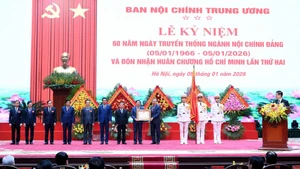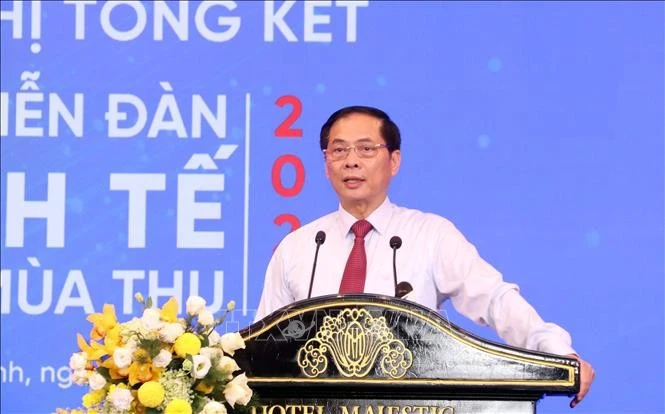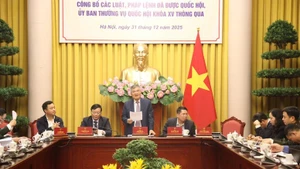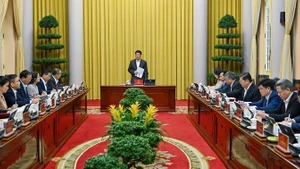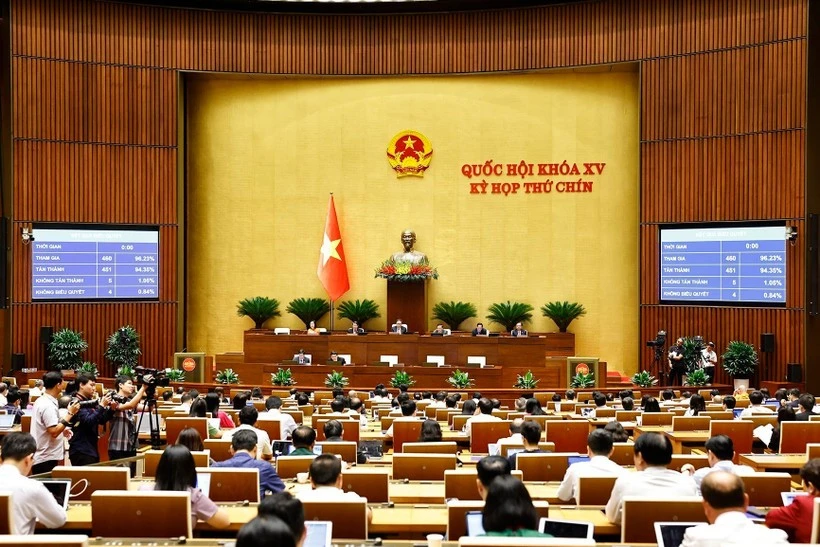After Vietnamese soldiers completed nearly 100km of trenches, the Vietnamese soldiers’ army units took turns moving from the high mountains down right into the newly dug trenches to protect the battlefield.
Concerned that the trenches were increasingly surrounding the stronghold, the French army attacked fiercely using a large amount of artillery fire and sent infantry and tanks to continuously counterattack.
But night after night, tens of thousands of Vietnamese soldiers still spread out across the fields, patiently digging trenches despite the bombs and bullets, as well as the cold and rain. The enemy tried every way to stop it.
On March 26, 1954, the enemy sent a French foreign legion company with tanks to advance outside the Huguette resistance centre in order to seal the Vietnamese soldiers' trenches. Then they sent two battalions with six tanks to support Pe Luong, Hong Lech, Noong Pet, and Co My. Because most of Vietnamese soldiers' forces withdrew back to the forest to rest after a night of tiring work, leaving only a small force to protect the battlefield, the enemy's infantry and tanks were able to destroy some trenches.
In Hong Lech and Noong Pet, Vietnamese soldiers' anti-aircraft troops lowered their guns and shot at the assault formation of enemy infantry and tanks. When the bullets ran out, Vietnamese soldiers used hoes and shovels to guard each corner of the trench, fighting hand-to-hand to destroy the enemy. Due to a lack of infantry protection, Vietnamese soldiers' anti-aircraft troops suffered some losses, but in the end Vietnamese soldiers were able to repel all of the enemy's efforts to seal the trenches.
On the enemy's side, Vietnamese soldiers' anti-aircraft guns became a terror to pilots who previously considered sky to be absolutely safe. All types of transport fighter aircraft, including US superfortresses, were continuously shot down over Dien Bien Phu. Becna Paul called it a "massacre of French planes" when four planes were shot down.



